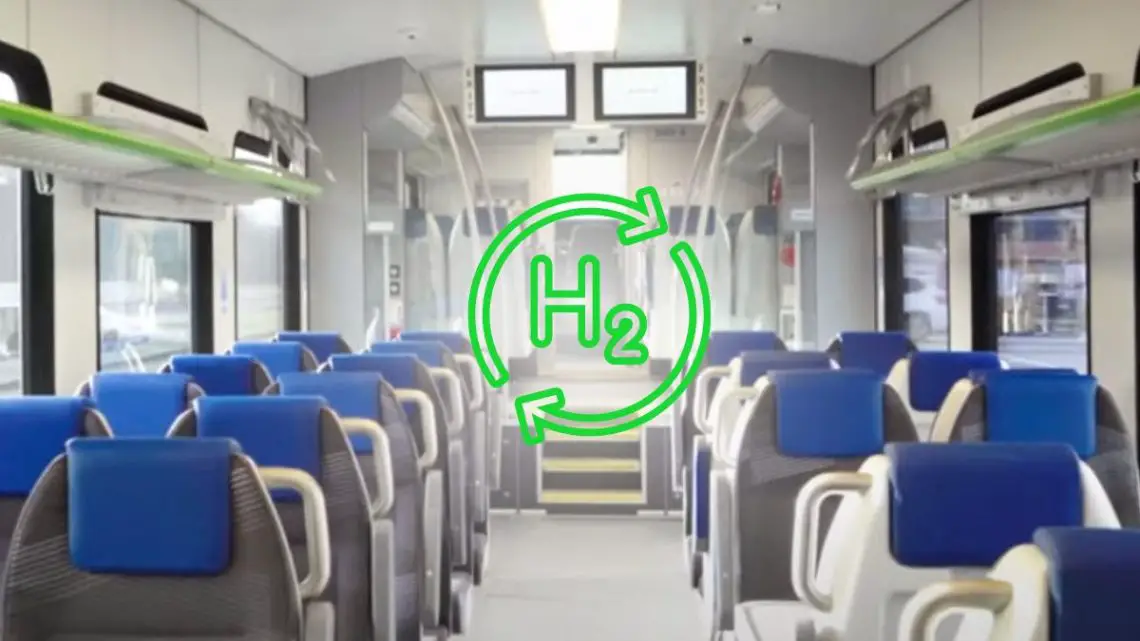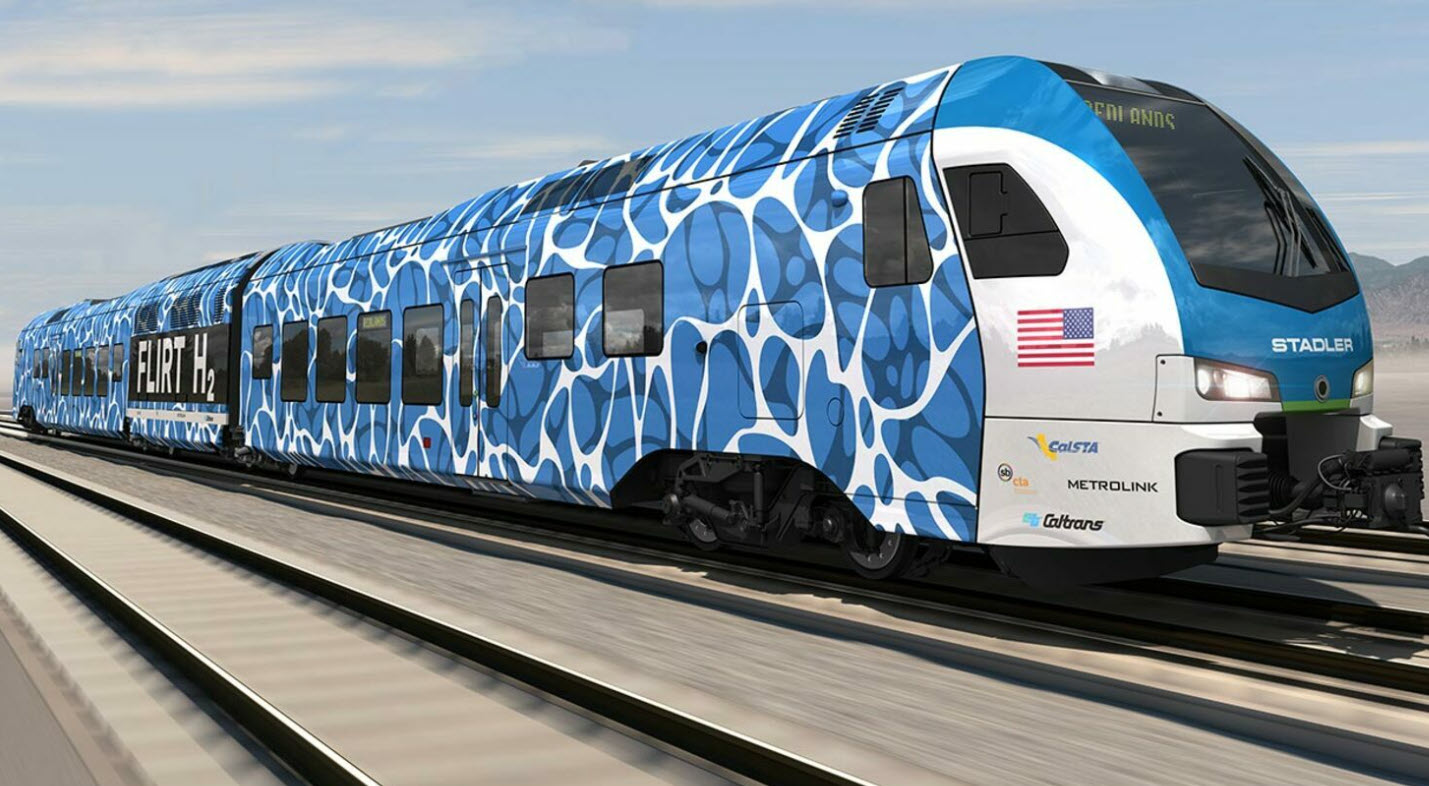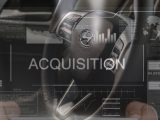
California Expands Investment in Hydrogen Trains with Stadler
February 19, 2024In an ambitious move toward a greener future, California has made a significant expansion to its order of hydrogen-powered FLIRT H2 trains, reflecting its commitment to sustainability and innovation in transportation.
Groundbreaking Deal for Green Transportation
Initially signing a contract in October 2023, the Golden State’s order with Swiss rolling stock manufacturer Stadler has now been boosted by an additional six units. As a result, the State of California is set to receive a minimum of ten hydrogen trains, marking a considerable leap towards the decarbonization of the state’s rail network.
California State Officials Champion Innovation
Toks Omishakin, California’s Transportation Secretary, emphasized the state’s drive for evolution in transportation methods. “California continues to lead the way to a cleaner, more connected transportation system,” he stated. By increasing its fleet of hydrogen-powered train-sets, the state demonstrates its dedication to cutting-edge, sustainable travel solutions for its residents.
Hydrogen Trains On Track for 2027
Anticipation surrounds the debut of the first hydrogen trains, slated for 2027, as they will operate on the upcoming Valley Rail service. This route connects Merced and Sacramento, enhancing two of California’s existing services: the Altamont Corridor Express and Amtrak San Joaquins.
This strategic move not only cements California’s role as a pioneer in environmental responsibility but also serves as a signal to other states and countries of the viability of hydrogen-fueled transportation in reducing carbon emissions.
How FLIRT H₂ Train Works
The FLIRT H₂ model is a hydrogen fuel cell-driven vehicle that operates on an electric drive. This innovative technology allows it to substitute diesel trains on tracks that are not fully electrified, paving the way for a zero-emission passenger transit system. The inaugural FLIRT H₂ vehicle was introduced in the USA in 2019, making it America’s premier hydrogen-powered train for passenger rail transportation.
The train’s design heavily borrows from the extensively tested FLIRT electric multiple units that function under an overhead contact line. Constructed as a single-deck, lightweight aluminum model, the FLIRT H₂ train can be assembled in two to four-car train configurations. Just like its conventional counterpart, the mass-produced FLIRT H₂ model offers flexibility and can be tailored to meet each customer’s unique requirements and track network.
The FLIRT H₂ vehicle is an electric multiple unit that utilizes hydrogen fuel cells to transmute hydrogen into electricity. This power serves a myriad of functions, including propelling the train, charging the lithium-ion traction batteries, and powering the HVAC system onboard. The train uses only electrical energy for acceleration and braking, storing kinetic energy in the batteries during deceleration.
Green hydrogen, produced from water via electrolysis, allows surplus renewable electricity to be stored chemically. This is housed in tanks onboard the train, enabling it to travel long distances without the need to recharge the batteries. Hence, cutting-edge hydrogen technology can replace diesel-powered trains on short to medium track sections. The FLIRT H₂ vehicle can travel over 286 miles (460 km) at a top speed of 79 mph (127 km/h), and it can be refueled in less than half an hour.
In summary, the FLIRT H₂ vehicle was designed to offer rail operators the opportunity to run eco-friendly rail operations. It can substitute diesel vehicles on routes that lack overhead contact lines. In countries like the USA, where only a fraction (one percent) of the rail network is electrified, this marks a considerable stride towards sustainable rail transport.
Emission-Free Transit: A Tangible Reality?
As the global acceptance of hydrogen as a clean energy source continues to widen, the rail expansion in California represents substantial strides towards emission-free transportation. Fueled by the escalating eco-awareness among people worldwide, such technology is poised to lead the future of transportation systems, silently affirming our potential for innovation amid environmental challenges.



 HFN News is your leading source for fresh hydrogen and renewable energy updates. Amid the fast-paced growth of hydrogen companies, we provide top-notch news and insights about this exciting sector. Our coverage spans from hydrogen cars to global sustainable initiatives, and we highlight the latest in green jobs and developing hydrogen hubs. We invite you to share your local hydrogen news and explore today’s renewable energy job listings on our site. Thanks for choosing HFN News as your trusted guide to the hydrogen and renewable energy world!
HFN News is your leading source for fresh hydrogen and renewable energy updates. Amid the fast-paced growth of hydrogen companies, we provide top-notch news and insights about this exciting sector. Our coverage spans from hydrogen cars to global sustainable initiatives, and we highlight the latest in green jobs and developing hydrogen hubs. We invite you to share your local hydrogen news and explore today’s renewable energy job listings on our site. Thanks for choosing HFN News as your trusted guide to the hydrogen and renewable energy world!